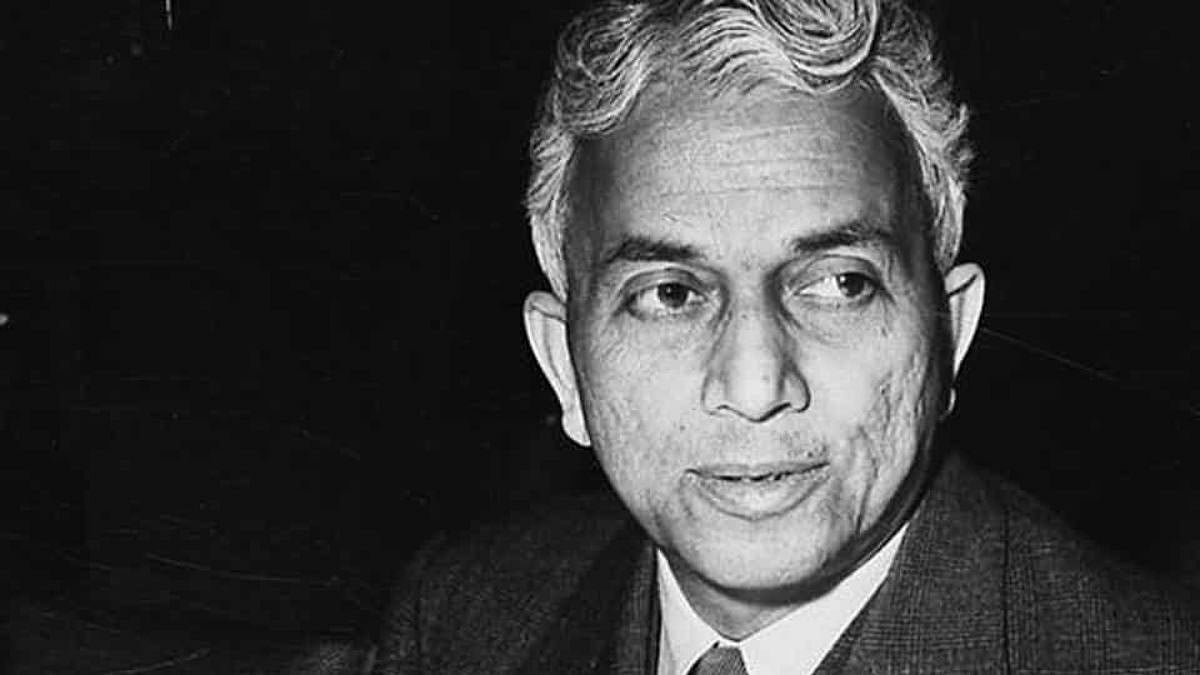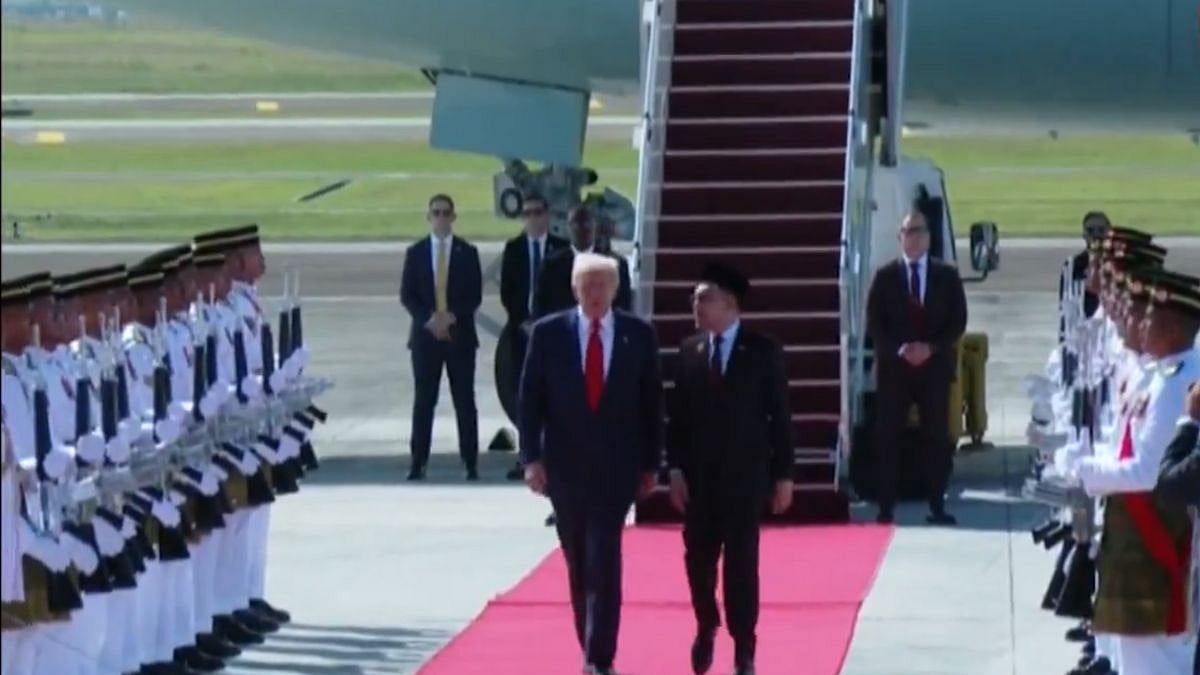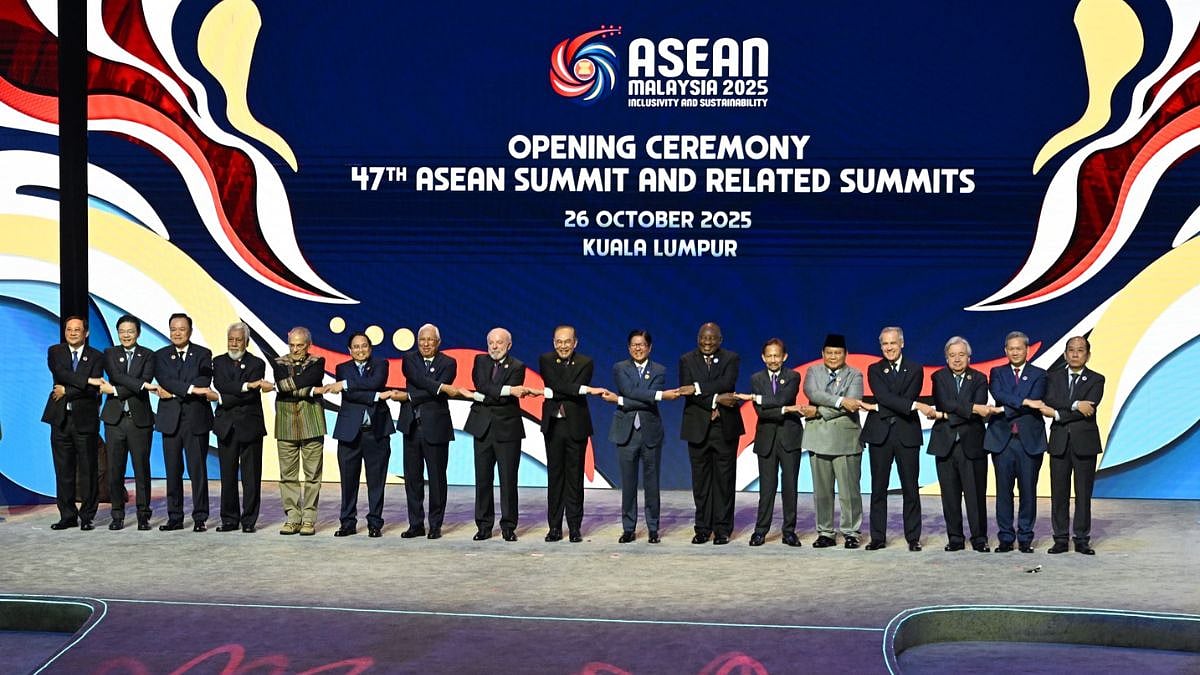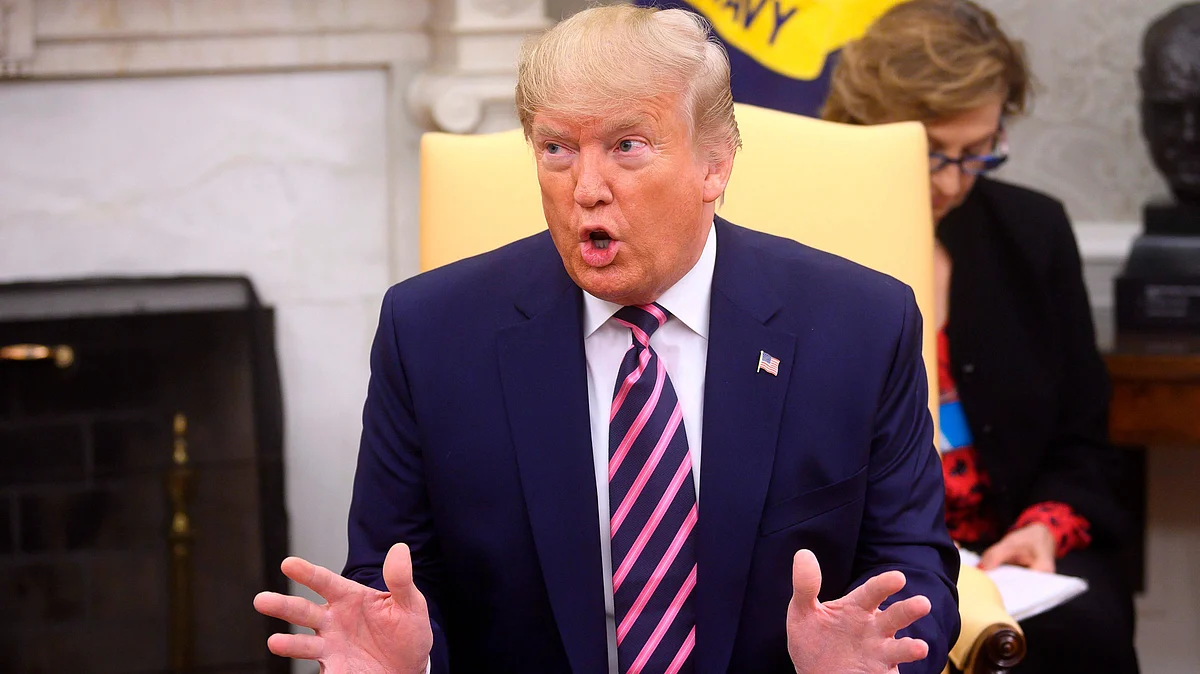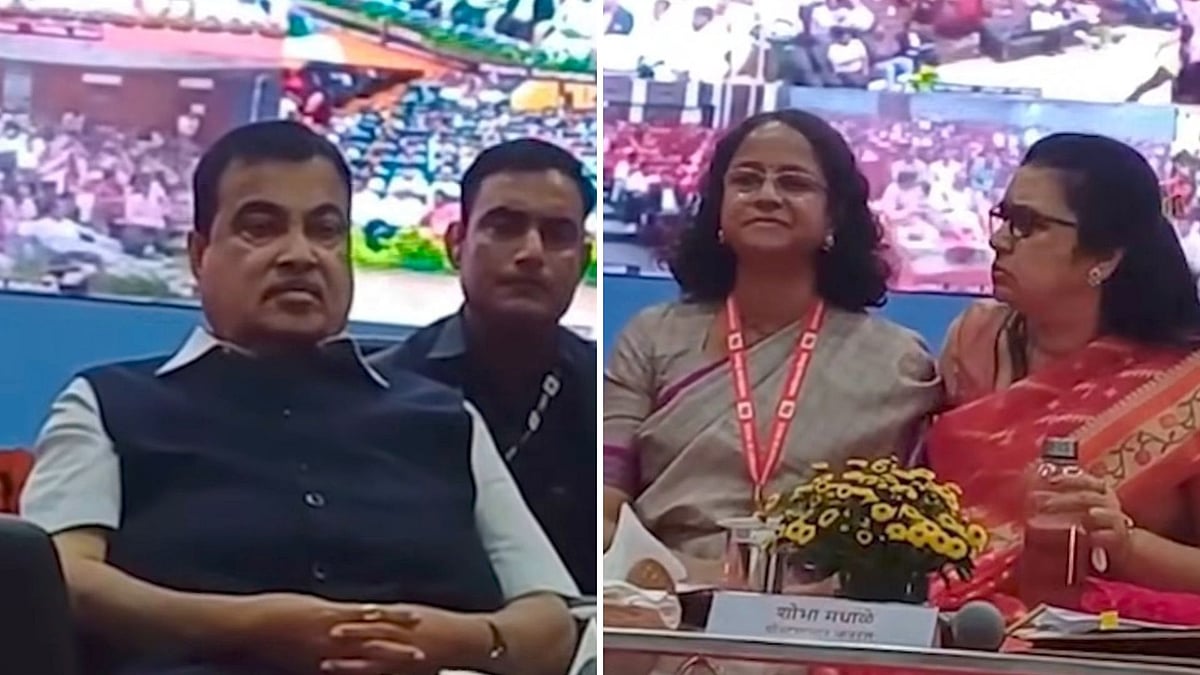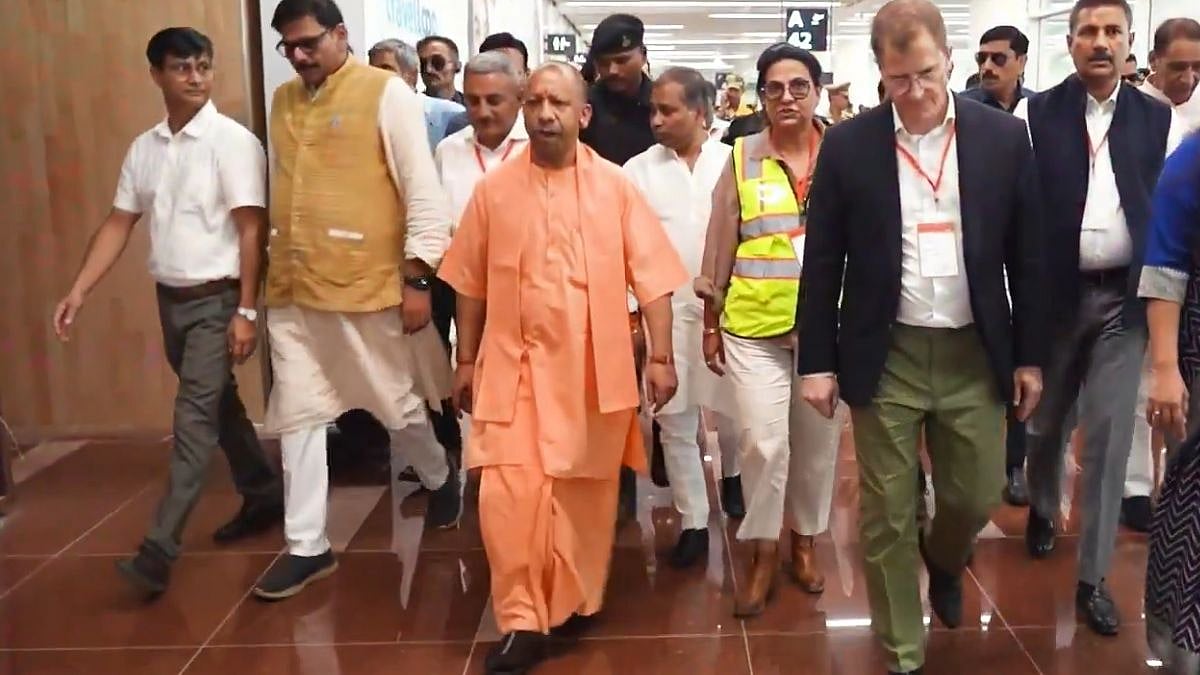Benegal Narsing Rau was an Indian civil servant, jurist, diplomat and statesman renowned for his key role in drafting the Constitution of India.
One of the foremost Indian jurists of his time, Rau helped draft the constitutions of Myanmar, then Burma, in 1947 and India in 1950.
Born into a family of intellectuals on February 26, 1887, in Mangalore of the erstwhile Madras Presidency, Rau excelled in academics all throughout his life.
After clearing the Indian Civil Services examination, he was posted to Bengal and went on to work as a District and Sessions Judge.
Early in his career, he showed an inclination towards constitutional law.
In 1910, Rau entered the Indian civil service. He was knighted in 1938 and appointed judge of the Bengal High Court in Calcutta in 1939 after overhauling the entire Indian statutory code (1935–37)(Kolkata).
Between 1944-45, he served as Minister of Jammu and Kashmir state. From February 1952 until his death, he was a judge of the International Court of Justice at The Hague.
Role in drafting constitution
B. N. Rau was appointed the Constitutional Adviser to the Constituent Assembly in formulating the Indian Constitution in 1936.
He was responsible for the general structure of the democratic framework of the Constitution and designed its initial draft in February 1948.
The Indian Constituent Assembly discussed, amended, and finally approved this proposal on November 26, 1949.
In 1946, Rau travelled to the US, Canada, Ireland, and the UK as part of his research for creating the Constitution of India.
B N Rau was formally appointed as the Constitutional Advisor to the core Drafting Committee of seven experts headed by Dr B R Ambedkar in 1946.
Composing the rules and codes of conduct for citizens and defending their individual rights in a country characterised by diversity was a difficult assignment.
It needed someone who could look past the constitution's colonial roots and recognise its promise. However, Rau handled the political issues of the day with his pragmatic attitude and idealistic viewpoint.
Finally, on January 26, 1950, the world's most comprehensive constitution came into existence. Ever since, this day has been recognised as Republic Day.
